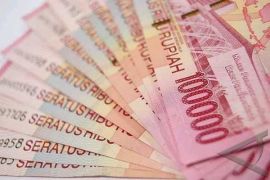Flight HX-6704 from Denpasar, Bali, to Hong Kong encountered severe and unexpected turbulence over the sky of Kalimantan Island, about two hours after it took off from Denpasars Ngurah Rai International Airport at 1.05 am Central Indonesia Standard Time (Wita) Saturday.
The General Manager of PT Angkasa Pura I at Ngurah Rai Airport, Trikora Harjo remarked that pilot, Tinios Peter, decided to return to Denpasar and landed safely at the airport at 4.28 am Wita.
"The 12 injured passengers were sent to a hospital in Denpasar soon after the plane landed," he said.
The ill-fated Hong Kong Airlines plane with 204 passengers and 12 crew members was expected to arrive in Hong Kong at 7.05 am local time but the severe turbulence forced it to "return to base," he added.
Turbulence, the most common cause of injury to air passengers, is what nervous fliers fear the most when they board an aircraft.
Pilots will always keep their seat-belts fastened while seated on an aircraft and will usually advise the passengers to do the same.
Many different things may cause turbulence, but each and every one of them is known and understood by pilots.
Turbulence is uncomfortable but not dangerous. It is part of flying, and is not to be feared as different aspects of the weather cause different types of turbulence.
Clear Air Turbulence (CAT) is the most common form of turbulence the airline passengers are likely to experience.
Air tends to flow as a horizontal snaking river called a jet stream. A jet stream can sometimes be thousands of miles long but is usually only a few miles wide and deep.
Just like a fast-flowing river swirling against the riverbank, where the edge of the jet stream interacts with slower moving air, there may be some mixing of the air which causes turbulence.(*)
Editor: Heru Purwanto
Copyright © ANTARA 2016









